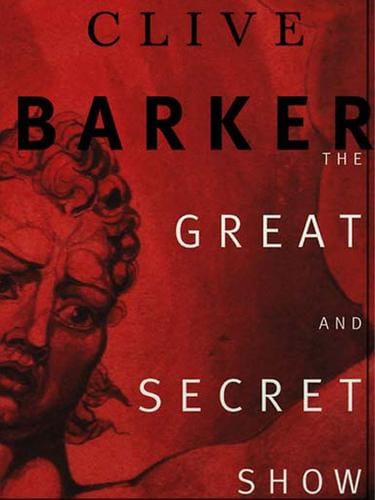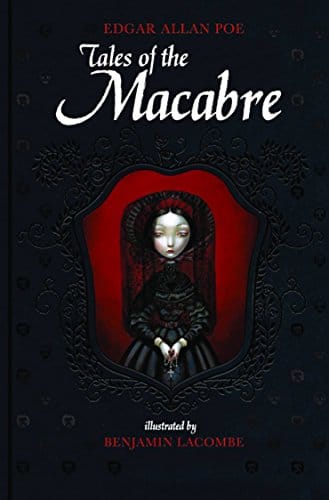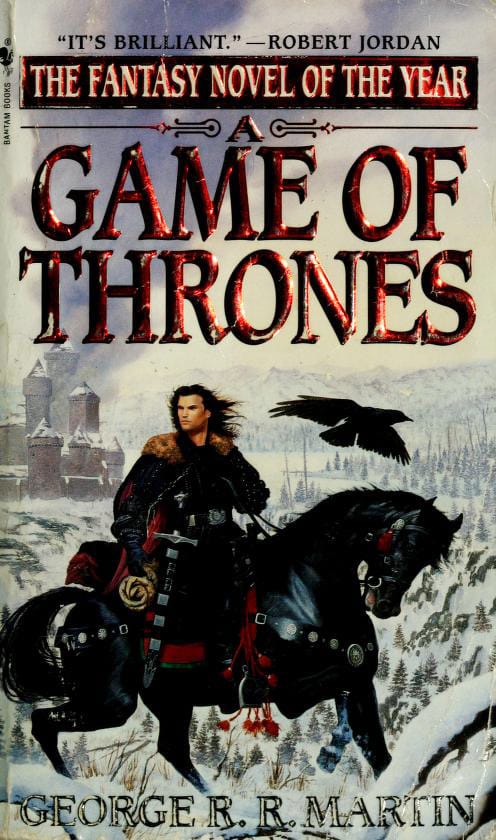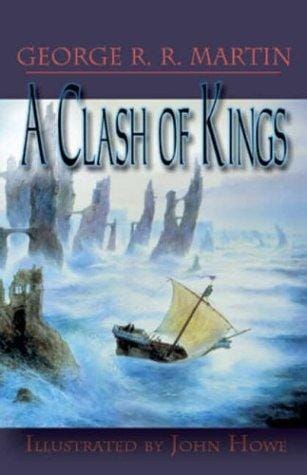A Feast for Crows: Diving into George R.R. Martin’s Darkest Volume
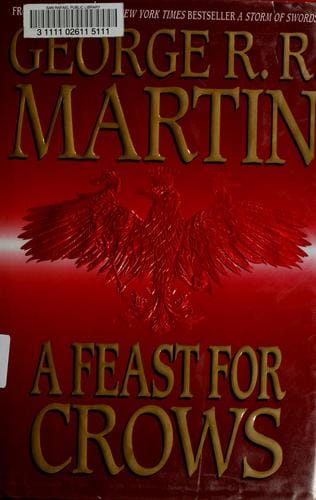
Introduction to A Feast for Crows
Published in 2005, "A Feast for Crows" is the fourth installment of George R.R. Martin’s epic fantasy series, "A Song of Ice and Fire." Set in the sprawling world of Westeros, the novel chronicles the political fallout that follows the bloody civil war known as the War of the Five Kings. With its intricate plotting, morally gray characters, and unflinching examination of power, the book deepens the saga made famous worldwide by HBO’s "Game of Thrones."
While some readers view the volume as a bridge between more explosive entries, "A Feast for Crows" rewards patient fans with rich detail, fresh points of view, and thematic layers that resonate far beyond the final page. From the Winds of Winter foreshadowing to the eerie quiet across war-torn kingdoms, Martin crafts a narrative that feels both ominous and intimate.
Plot Overview
Unlike previous books, the fourth novel narrows its focus to King’s Landing, the Riverlands, Dorne, and the Iron Islands, leaving the fates of Jon Snow, Daenerys Targaryen, and Tyrion Lannister for the next volume. The decision allows Martin to concentrate on lesser-explored territories and secondary characters who suddenly find themselves in positions of unexpected influence.
In King’s Landing, Queen Regent Cersei Lannister clings to power after the death of Tywin Lannister, attempting to secure the Iron Throne for her young son, King Tommen. Her unchecked paranoia leads her to alienate allies, empower dangerous zealots, and set in motion intrigues that threaten to undo her reign. Meanwhile, Jaime Lannister struggles with honor and redemption in the Riverlands, where burnt villages and broken oaths remind him that victory leaves scars deeper than defeat.
Farther south, the Martells of Dorne plot subtle vengeance against the Iron Throne for the murder of Elia Martell, while on the storm-lashed Iron Islands, opportunistic captains gather for a Kingsmoot to decide who will succeed the late King Balon Greyjoy. The competing claims of Asha Greyjoy, Victarion Greyjoy, and the enigmatic Euron “Crow’s Eye” Greyjoy create a microcosm of ruthless ambition that mirrors conflicts across Westeros.
Major Themes
The Cost of War
Martin underscores the physical and psychological price paid by ordinary people when lords trade blows. Burned farms, refugee columns, and famine haunt every page, reminding readers that true horror often lies not in dragons or White Walkers but in mundane human suffering. By spotlighting broken men like Ser Bonifer Hasty and maimed soldiers who limp through the Riverlands, the author demands that we confront the collateral damage of political ambition.
Power and Paranoia
No character embodies the corrosive effect of power more than Cersei Lannister. Surrounded by flatterers yet trusting no one, she spirals into authoritarian excess, turning the Faith Militant into a weapon that ultimately shackles her. Her arc illustrates how fear can distort judgment and how isolation is the inevitable companion of unchecked authority.
Identity and Transformation
Many protagonists in "A Feast for Crows" wrestle with reinventing themselves after trauma. Brienne of Tarth redefines chivalry on her relentless search for the Stark sisters, while Arya Stark sheds old names in the House of Black and White, learning that to serve the Many-Faced God she must first erase the girl she was. Even Jaime’s golden image cracks as he questions what it means to be the Kingslayer when the king he once slew is long dead.
Character Spotlight
Brienne of Tarth: Brienne’s chapters form a road novel within the fantasy epic. Haunted by oaths to both Catelyn and Jaime, she traverses war-ravaged countryside where chivalry feels obsolete. Her unwavering commitment to honor in a dishonorable age offers rare optimism, though Martin tests her resolve at every turn.
Sansa Stark (Alayne Stone): Hidden in the Vale under Littlefinger’s tutelage, Sansa learns the subtle art of manipulation. "A Feast for Crows" marks the first time she actively shapes events rather than simply enduring them, signaling a dramatic evolution that positions her as a formidable political player in books to come.
Reception and Legacy
Upon release, the novel debuted at number one on The New York Times Best Seller list, yet reactions were divided. Some critics praised its slower, contemplative tone, while others lamented the absence of favorite characters. Over time, appreciation has grown as readers recognize how the groundwork laid here enriches the tapestry of the series. The introduction of complex societies like Dorne and the Faith Militant later influenced key storylines in the television adaptation, proving the book’s long-term significance.
Reading Tips for First-Time Travelers to Westeros
Approach "A Feast for Crows" with the understanding that pace and perspective shift dramatically. Keep a character list handy; the novel introduces new points of view such as Arianne Martell and brings back older voices like Samwell Tarly. Consider revisiting appendices to track minor houses and sigils, particularly during Dorne and Iron Islands chapters. Finally, savor Martin’s descriptive passages—ruined septs, storm-churned seas, and sun-baked deserts provide atmospheric depth that sets this installment apart.
Conclusion
"A Feast for Crows" may lack the headline-grabbing shocks of "A Storm of Swords," yet its brooding meditation on aftermath, authority, and identity makes it essential reading for fans of complex fantasy. By narrowing the lens, George R.R. Martin illuminates corners of Westeros previously shrouded in mystery, enriching the geopolitical stakes and emotional resonance of the saga. Whether you arrive for dragons or stay for intrigue, this fourth novel offers a feast of narrative detail, best savored slowly—much like the winter that still looms on the horizon.
